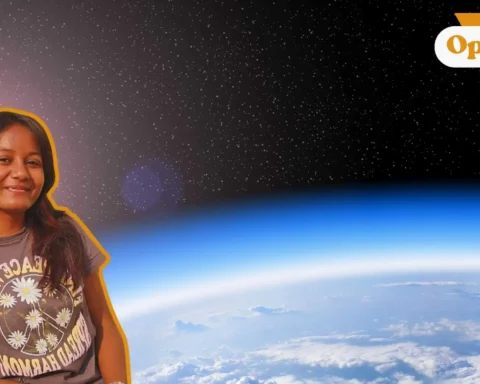TV fans used to dream of being able to watch whatever they wanted whenever they wanted. Streaming services seemed like the perfect solution for on-demand entertainment at our fingertips. But now, with so many platforms competing for attention, having too many choices has become a problem of its own. Instead of just deciding what to watch, we also have to figure out where to watch it. Having multiple choices has made it harder to choose and enjoy entertainment.
In today’s digital era, streaming services have drastically increased in numbers. Netflix was once the clear leader, but now it is facing competition from HBO Max, Disney+, Amazon Prime Video, Hulu, Apple TV, and many others. While this competition has led to a multitude of great content, it also means viewers have to juggle multiple subscriptions to access all their favorite shows and movies. The result? Subscription fatigue.
A 2023 Deloitte report found that the average US household subscribes to four streaming services, spending over $50 a month. That may not seem too bad, but when you add internet costs, cable fees, and other entertainment expenses, the price climbs quickly. Thus, keeping up with multiple subscriptions is becoming too expensive. But canceling even one service could mean missing out on exclusive content, leading to the fear of missing out.

But the issue isn’t just about cost. The sheer effort required to manage multiple streaming accounts is exhausting. With so many platforms offering similar types of content, choosing where to spend your time and money has become stressful. Should you subscribe for one show and cancel later? Do you go for the service with the most original content or the one with the best user experience? These constant decisions can lead to “decision fatigue,” where too many choices create stress and dissatisfaction.
The frustration doesn’t end there. Streaming services were loved for offering ad-free viewing, but now many platforms are introducing ad-supported tiers or increasing their subscription prices. Netflix and Disney+ have both added cheaper, ad-supported plans, and other services are doing the same. This shift is bringing back some of the very frustrations that made people move away from traditional cable in the first place, i.e. paying for content while still being forced to watch ads.
On top of this, the variety and volume of content available can sometimes make it difficult to discover new content. Algorithms make recommendations, but they are not always accurate, forcing viewers to scroll endlessly without finding something appealing. Having too many choices can make it harder for people to decide what to watch. Instead of making entertainment more accessible, the greater amount of options has sometimes made it less enjoyable.
So, what’s the solution? Some believe the answer lies in bundling services. Platforms like Apple TV and Amazon Prime Video Channels let users access multiple subscriptions through one interface, making things easier to manage. Others think the market will eventually balance itself out, with smaller services merging or being bought out.
Streaming services have made more content accessible to us easier than ever, but they have also made watching TV more complicated and costly. With so many platforms, people struggle to keep up with subscriptions, deal with decision fatigue, and miss out on shared viewing experiences. As streaming platforms compete for attention, consumers must be mindful of where they spend their money. By getting the best deal for more flexibility, fair pricing, and transparency, people can create a better streaming experience for themselves. Until then, the challenge of managing multiple subscriptions and finding content will continue, making us question if unlimited entertainment has become more of a hassle than a convenience.

Let us know your thoughts in the comment section below. If you have any burning opinions or ideas to share, feel free to contact us at larra@globalindiannetwork.com.









